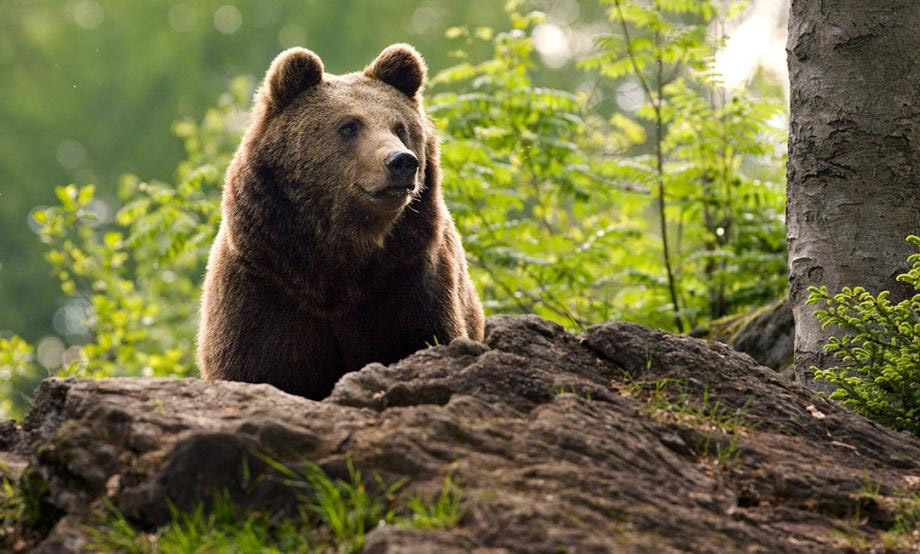The warmer weather that we have all been enjoying lately also comes with a unique set of dangers. Spring means that hibernating animals - especially bears - are waking up, and have started to look for food. This month, we will continue our look at bear safety, as our neigh-bears are starting to be seen more and more in our area.
The population of both Grizzly and Black bears is on the rise in western Canada with many bears frequenting the mountainous and foothill areas. This increase in bear numbers, along with the continued popularity of outdoor exploration and activities in both the Rocky Mountains and various parks and campgrounds throughout Alberta and BC creates the potential for a bear encounter.
To learn more about how to identify the differences between Grizzly and Black bears, see our last blog post.
Most confrontations between bears and humans can be avoided. You just need a clear understanding of what to look for and how to stay safe while you are enjoying nature. Here are a few quick tips:
Beware of bears. The first step is to remember that you are a guest in the bear’s home when you are out on nature trails and in the mountains. When exploring, the goal is to avoid disrupting or surprising the local wildlife—especially a bear that has just woken up from a winter nap.
Make noise. The best way to avoid an encounter with a bear is to make sure that you make noise. Bears will often try to avoid interacting with humans as much as we try to avoid them. We recommend traveling in groups, having conversations, singing or wearing bear bells to make noise on the trail. If you are in an area with lots of trees, wet moss or rushing streams, you will want to make even more noise. These natural elements will absorb sounds and human scents, and make it easier for you to surprise a bear.
Keep your ears open. While you are making noise, always make sure that you are listening for and noises coming from the area around you. Listen to trees being moved or sticks breaking in the trees. Bears are very large and will often alert you to their presence with the sounds of them moving through the trees. Do not wear headphones or earbuds while on trails.
Watch for fresh bear signs. You’ll want to keep your eyes open for any signs that a bear has recently been in the area. Look for fresh tracks, scat, and digs that could indicate that a bear has been there before you. Leave the area immediately if the signs are fresh or if you encounter any freshly killed animal carcasses.
If you encounter a bear, stay calm. Do not approach the bear or run away from it. Speak in a calm voice to let the bear figure out what you are. Back away slowly and don’t make eye contact.
Steer clear of babies. It’s also important to remember that in the spring, bears will have their cubs with them and are very protective. If you see a bear cub, give the bears extra space and back away from them. Do not take photos. Do not ever get in between a mother bear and her cubs.
Know how to use bear spray. If a bear approaches or follows you, you may need to use bear spray. Make sure that you know how to use bear spray before you hit the trails though. Our AIP’s Bear Awareness Training Course covers everything you need to know about properly using bear spray.
Take a Bear Awareness course. AIP Safety offers a four-hour training course that will give you all of the information you need to better understand the nature of bears and how to identify, avoid and prevent bear encounters in order to keep yourself, the bears and those around you safe. The course will take you through classroom theory and real-life scenarios. We recommend that you take this course if you enjoy outdoor activities in Alberta’s foothills and mountains or if you work in a remote area where bears live.

